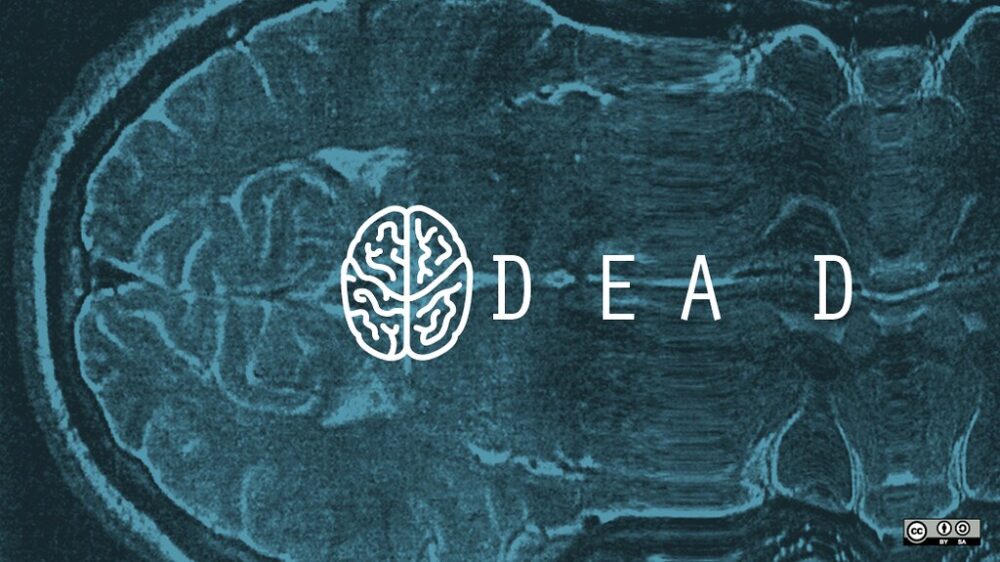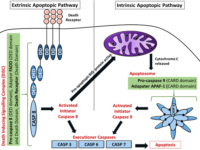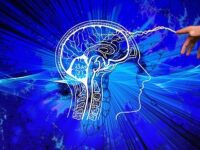Death has long been known as the event horizon of neuroscience. While it is still infeasible for neuroscientists to examine the experiences of dead brains, recent studies have provided much insight into the moments preceding death.
According to Daniel Condziella of Copenhagen University Hospital, brain death — currently, the most commonly accepted definition of legal death — is characterized by neurons swelling and flooding the brain with ions, razing the delicate electrical balance necessary for intercellular communication. While most people who begin the process of dying reach this endpoint, some are rescued from the brink of death. A unique phenomenon reported by roughly 20 percent of those resuscitated is the near-death experience (NDE). According to work by pioneering NDE researcher Pim van Lommel, an NDE can manifest in varying ways, but people commonly experience out-of-body sensations, life flashbacks, and positive emotions. It is no surprise, then, that NDEs are frequently associated with the notion of an afterlife. Some psychologists postulate that an NDE is the psyche’s attempt to cope with the inherently traumatic sensation of almost dying.
A 2013 study by Jimo Borjigin and colleagues at the University of Michigan lends credence to a possible neurological source of NDEs. Borjigin implanted electrodes in the brains of nine rats, then delivered the rats lethal injections and recorded their electroencephalograms (EEG) as they died. Her team discovered that after the rats experienced cardiac arrest, their gamma oscillations — brain waves associated with focus, alertness, and REM sleep — flared to a state that Borjigin describes as “hyperconsciousness” before stopping entirely.
After the rats experienced cardiac arrest, their gamma oscillations flared to a state that Borjigin describes as ‘hyperconsciousness’ before stopping entirely.
However, the wider neuroscientific community is hesitant to accept Borjigin’s findings as a potential explanation for NDEs. “EEG tells us things about brain activity a bit like listening at traffic noise tells you what is going on in a city. It is certainly informative, but also an average of a lot of individual interactions,” Anders Sandberg of Oxford University said in a review of the University of Michigan study to the Science Media Center. Other scientists criticized the small sample size as well as the logical leap needed to associate a concrete physical event, gamma oscillations, with subjective phenomena such as NDEs.
Findings such as those of Borjigin and her colleagues illuminate the potential for further exploration into NDEs. While neuroscientists predominantly concern themselves with the brains of the living, there is still much understanding to be gleaned from those approaching death.
Sources:
Frontiers in Neurology (2020). DOI: 10.3389/fneur.2020.00736
PNAS (2013). DOI: 10.1073/pnas.1308285110
The Lancet (2001). DOI: 10.1016/S0140-6736(01)07100-8
Image courtesy of Flickr






